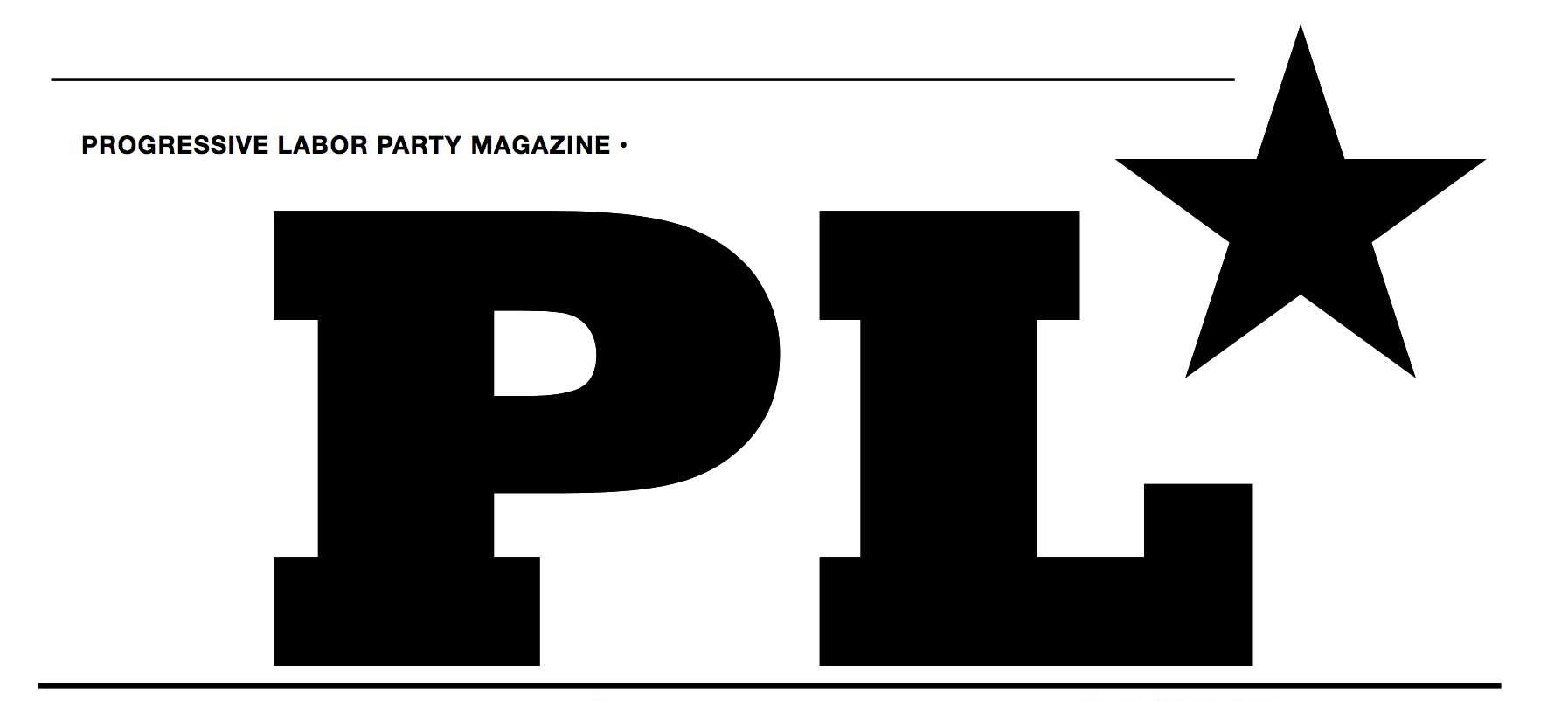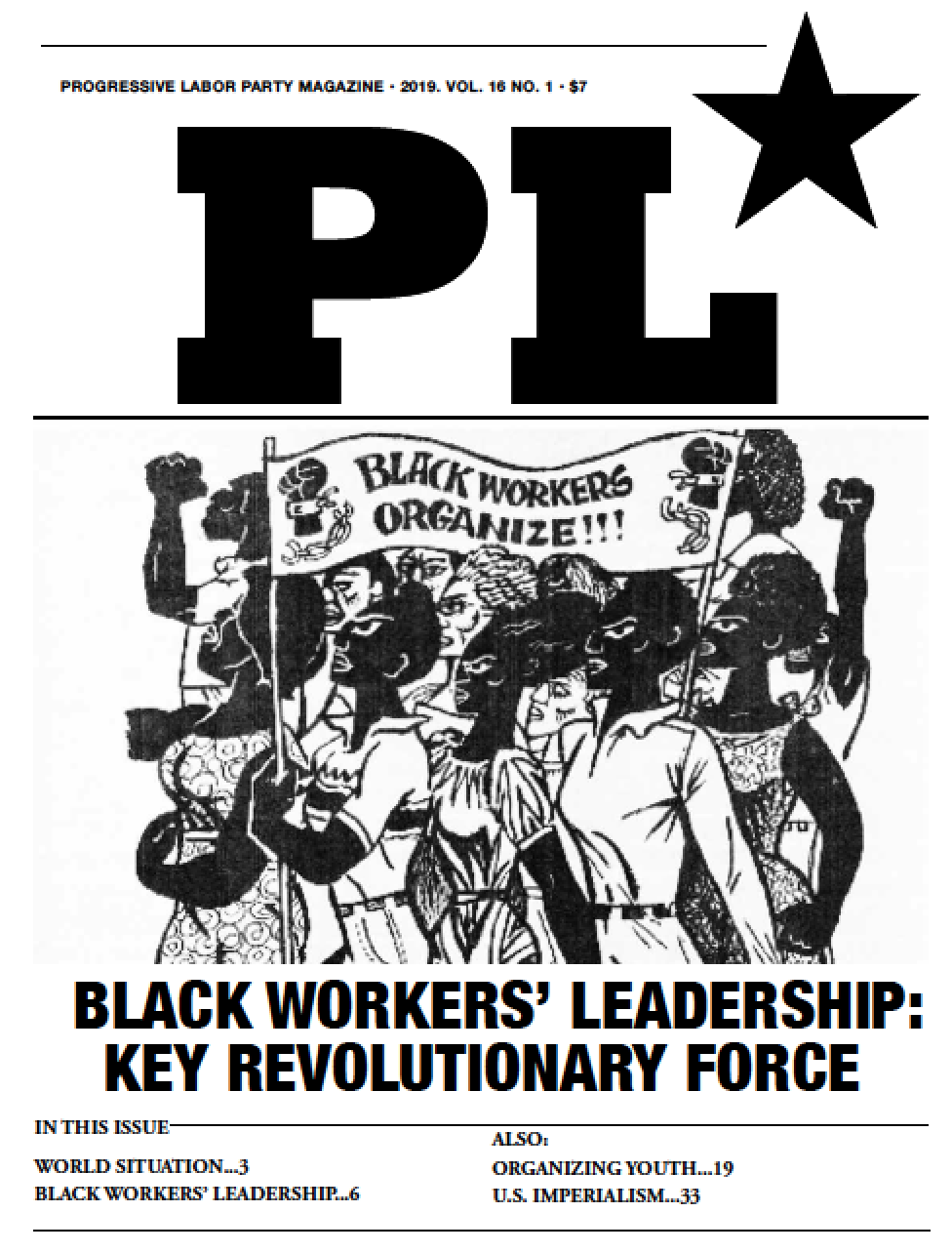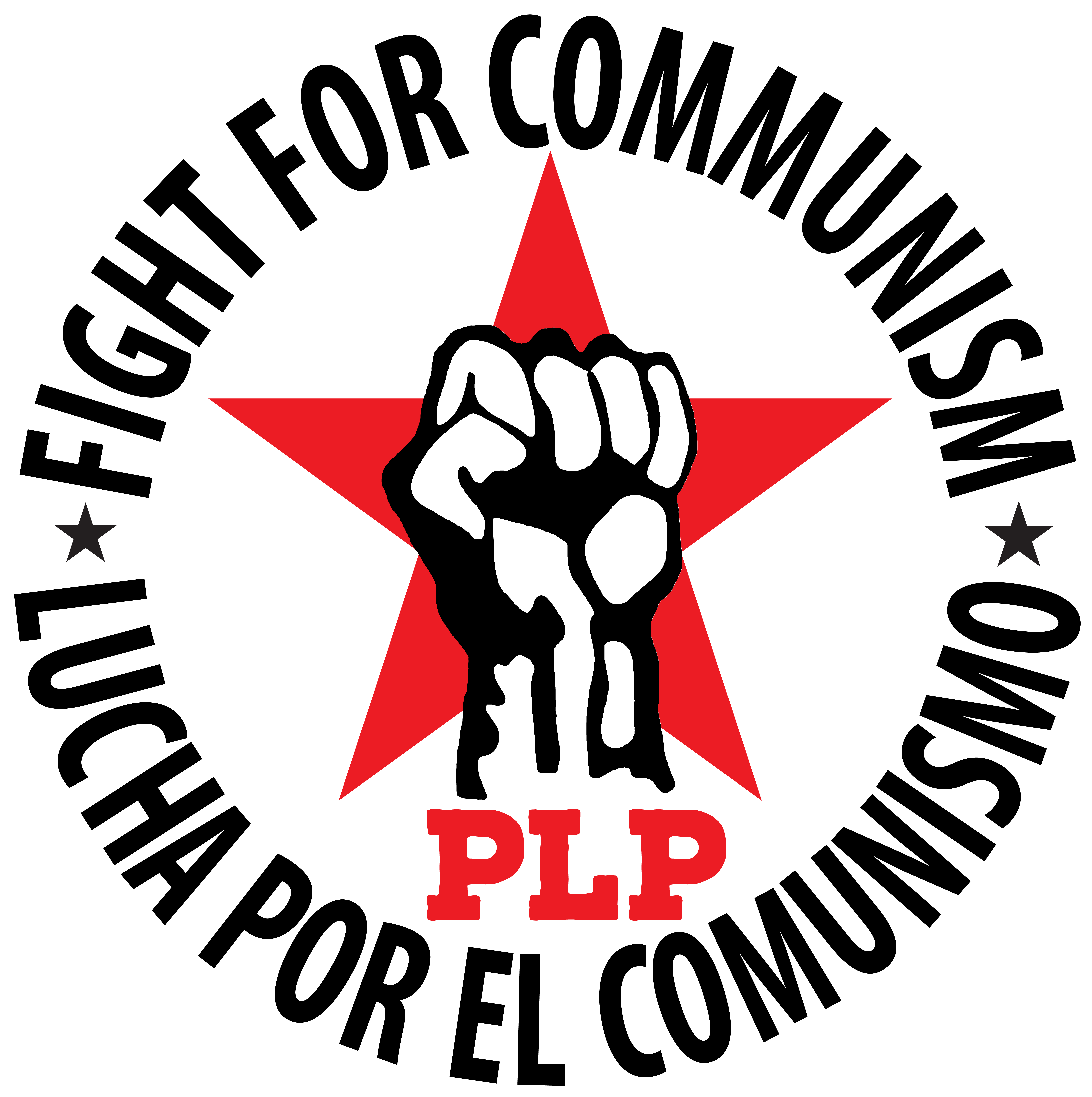Bolshevik Revolution Centennial Series: The Great Insurrection OF 1917
 Friday, October 27, 2017 at 10:02AM
Friday, October 27, 2017 at 10:02AM This is the part of an extensive series about the Bolshevik Revolution and the triumphs, as well as the defeats, of the world communist movement of the 20th century. We welcome your comments and criticisms, and encourage all readers to discuss this period of history with their friends, classmates, co-workers, family, and comrades.
The following illustrates the Bolsheviks’ armed uprising in Petrograd on October 27 / November 7, 1917. It is often called “the Russian Revolution.” In fact, uprisings took place in a great many cities and towns.
In 1917, ordinary people took their lives into their own hands and remade their world. It was the most important event of the 20th century; for the first time in world history, workers seized state power and pioneered a worker-run society. The workers, organized in committees and councils, took over the means of production.
This event shook and influenced the whole world. The Soviet Union was an international beacon of hope for workers’ fighting to destroy the capitalists in their parts of the world.
A hundred years later, the capitalists of the world are still haunted by what our class was able to accomplish. And so, they slander the achievements of our communist predecessors every chance they get, in every media outlet they own. Progressive Labor Party reflects on the mass heroism of our class on this centennial celebration of the Bolshevik Revolution.
The Uprising
After the overthrow of the monarchy, the Bolsheviks and workers formed the Soviets (meaning “worker councils”) of Workers’ Deputies (Moscow Bolsheviks) and of Soldiers’ Deputies. As in Petrograd, there was sympathy for the moderate socialist parties. But by September 24, the Bolsheviks received an absolute majority of seats in district dumas (359 seats out of 710).
On the night of October 24 to October 25, the Bolshevik uprising began in Petrograd. The Moscow Bolsheviks learned about it at noon on October 25 (November 7 on the today’s international standard calendar). That same day, the Party Combat Center was set up to lead the insurrection. That afternoon, the Combat Center began fighting.
Parts of the Moscow troops were on alert and ready to execute only orders issued by the Military Revolutionary Committee (MRC). The MRC were powerful directing bodies of revolt, installing and securing the Soviet power. They stopped the publication of bourgeois newspapers and declared a general strike. Regional MRCs were created, military units that took the side of the Bolsheviks and their allies were put on alert. A provisional revolutionary committee was elected, since the executive committee of the Moscow Soldiers’ Soviet was in the hands of the Bolsheviks’ opponents.
Ten to twelve thousand workers, Red Guards, took to arms. District MRCs sent emissaries to factories and military units. On October 26, the Moscow MRC ordered all units of the Moscow garrison to combat readiness.
However, in Moscow there were perhaps as many as 20,000 Junkers (junior officers), all strongly anti-Bolshevik. The City Duma, headed by the rightwing socialist party, turned into a political center of resistance to the Bolsheviks. It relied mainly on cops and Junkers.
The chief of the Kremlin Arsenal agreed to give weapons to workers. But the Kremlin was blocked by detachments of Junkers. The commander of the Moscow Military District, Ryabtsev, requested loyal front troops while simultaneously entering into negotiations with the MRC.
On October 27, about 300 officers, cadets, and students loyal to the Provisional Government gathered at Moscow University and the Kremlin. The volunteer squad of students was called the “white guards,” the first time this term was used.
At 6 PM, colonel Ryabtsev and the Duma’s anti-revolutionary “Committee of Public Safety” (CPS) learned that troops were being sent from the front. Colonel Ryabtsev declared martial law and ordered the MRC to surrender. They refused. The same day Junkers attacked a detachment of revolutionary soldiers who were trying to break through to the Moscow City Council. Forty-five of the 150 people in the battle were killed or wounded.
Junkers Take the Kremlin
On the morning of October 28, colonel Ryabtsev demanded that the Bolsheviks surrender the Kremlin, claiming that the city was under his control. Not knowing the actual situation, Bolshevik leader Berzin did so. Then two companies of Junkers entered. Surviving soldiers later said that, after the prisoners handed over their weapons, they were shot. The counter-revolutionary forces bayonetted those who tried to flee.
The soldiers fought back. Six cadets and about 200 revolutionary soldiers were killed. Supporters of the CPS gained access to weapons from the Kremlin’s Central Arsenal.
At the call of the Bolshevik Party, the MRC, and city trade unions, a general political strike began. A meeting of soldier committees asked all the military units to support the MRC. By day’s end, the revolutionary forces blocked the city center. From October 28 to October 31, revolutionary soldiers seized the Bryansk railway station and provision warehouses, and stormed the headquarters of the Moscow Military District.
The morning of October 29 (November 11), the red soldiers dug trenches in the streets, built barricades and a stubborn struggle for the center of Moscow began. The Red forces launched an offensive, seizing the city hall. By 9 PM, the revolutionary troops occupied the telephone exchange and began shelling areas occupied by anti-Bolshevik forces, including the Kremlin. A truce was attempted but failed to hold. Anti-Bolshevik forces began to surrender to the forces of the revolutionary MRC.
On October 31 the MRC demanded unconditional surrender from the CPS. The Junkers, along with members of the counter-revolutionary CPS, were forced to move to the Kremlin and the Historical Museum.
On November 2 the shelling of the Kremlin by the Bolsheviks intensified and they occupied the Historical Museum. That night the Junkers left the Kremlin and agreed to disarm. A delegation of the CPS went to the MRC for negotiations. The MRC agreed to free all Junkers, officers and students provided they surrender their weapons.
On November 2, at 5 PM, the counterrevolutionary forces signed a surrender agreement. The MRC ordered a cease-fire, although in some areas the Junkers continued to resist and even attempted an offensive.
Finally, on November 3, the cadets, officers and students left the Kremlin and the building of the Alexander College. Many of them later joined the anti-Bolshevik Volunteer, or “White,” Army. Throughout Moscow, the Junkers were disarmed. A detachment of the Red Guard under the command of Comrade Petrov freed arrested revolutionary soldiers of the 56th regiment, led by the former commandant of the Kremlin’s arsenal, Comrade Berzin. The released prisoners were tortured and hungry. They had been kept without food for five days. Some were sick after all they had experienced as prisoners of the “Whites.” The liberated soldiers immediately grabbed the rifles abandoned by the Junkers and rushed at the colonel who had shot their comrades in the Kremlin, and at the Junkers holding grenades, and shot them on the spot.
On November 3, the manifesto of the MRC proclaimed the power of the Soviets of Workers’ and Soldiers’ Deputies. During the uprising, the revolutionary forces suffered between several hundred and 1,000 killed and wounded.
Other Lessons
1. The Mensheviks entered the MRC from a desire “to mitigate the consequences of the insane adventure of the Bolsheviks.” Their participation made the actions of this body less decisive.
2. If the Bolsheviks had not had a very strong and numerous base among the workers and soldiers of Moscow, they could never have beaten the highly motivated military cadets, Junkers, officers, and the regular army soldiers they commanded.
The insurrection in Moscow was a series of hard-fought, bloody battles that took place over a whole week. The armed insurrection in Moscow proves that the Bolsheviks’ support among the workers, peasants, and soldiers, was broad and deep. The Bolsheviks had a strong base, won by years of hard, dedicated work, most of it under difficult, underground conditions.





 Progressive Labor Party (PLP) fights to destroy capitalism and the dictatorship of the capitalist class. We organize workers, soldiers and youth into a revolutionary movement for communism.
Progressive Labor Party (PLP) fights to destroy capitalism and the dictatorship of the capitalist class. We organize workers, soldiers and youth into a revolutionary movement for communism.




Reader Comments